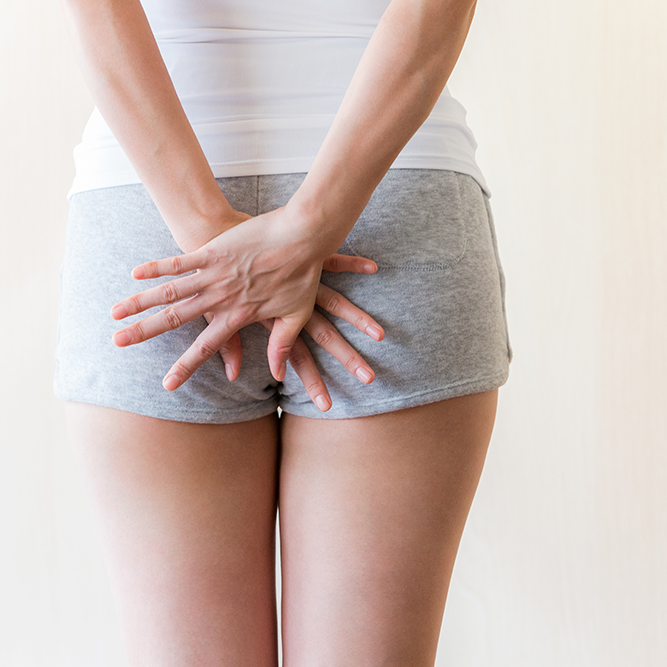Pilonidal Disease FAQ
If you are experiencing what you believe to be symptoms of pilonidal disease or have been diagnosed with pilonidal disease, you may understandably have questions.
Dr. Kahan and Lauren Ott – PA-C see almost all patients with pilonidal disease.
What is pilonidal disease?
Pilonidal disease occurs in the natal cleft as a result of midline openings or pits. Hair and bacteria can get inside the pits, and lead to infections, cysts and fistula tracts. This can become a chronic problem.
What are symptoms of pilonidal disease?
Usually patients present with bloody drainage on their underwear. This can be painful at times, but is often just a nuisance. Some patients, however, present with quite a bit of pain and sometimes with a fever. This is a sign of an abscess, which needs to be taken care of by a physician.
Are there any nonsurgical treatment options for pilonidal disease?
In recent years, several researchers have described using a laser to remove the hair in the area. This procedure allows the body to heal surgical incisions, without hair as a foreign body that can get into the wound. Lasers are believed to stimulate healing as well. Laser treatment is still considered experimental, and I am currently conducting my own research on this. For now, we generally recommend laser for patients who have already had surgery and are back with recurrent disease or a difficult-to-heal wound.
Where can I get more information about pilonidal disease and surgery?
Pilonidal.org offers general information, a forum to ask your questions, and an updated list of surgeons who perform the cleft lift procedure in every state.

